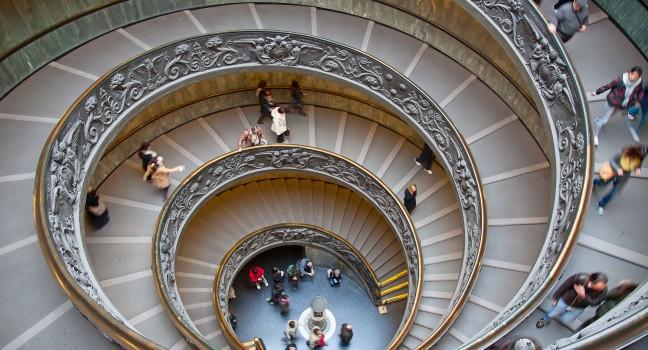Mount Etna
Affectionally called Idda (or "she" in Sicilian dialect), Etna is basically always active, and occasionally there are airspace closures due to the spewing ash. But for the locals who live in her shadow, Etna is not some ever-present doomsday reminder. She's a living part of the dynamic landscape, loved and revered.
In 387 BC, Plato sailed in just to catch a glimpse of it; in the 9th century AD, the first granita of all time was shaved off its snowy slopes; in 1669, it erupted continuously for four months and lava flows reached Catania; and in the 21st century, the volcano still grabs headlines on an annual basis. Significantly notable eruptions have occurred in the modern era, such as in 1971 (when lava buried the Etna Observatory), in 1981 (when the village of Randazzo narrowly missed destruction), in 2001 (when there was a large flank eruption), in 2002 (when a column of ash spewed that could be seen from space), and in 2008 (when the eruption lasted 417 days and triggered some 200 earthquakes). In February and March 2021, she erupted 11 times in a matter of three weeks, scattering windblown ash throughout the towns below, including Catania. Traveling to the proximity of the crater depends on Mount Etna's temperament, but you can walk up and down the enormous lava dunes and wander over its moonlike surface of dead craters. The rings of vegetation change markedly as you rise, with vineyards and pine trees gradually giving way to birch forests and growths of broom and lichen.




